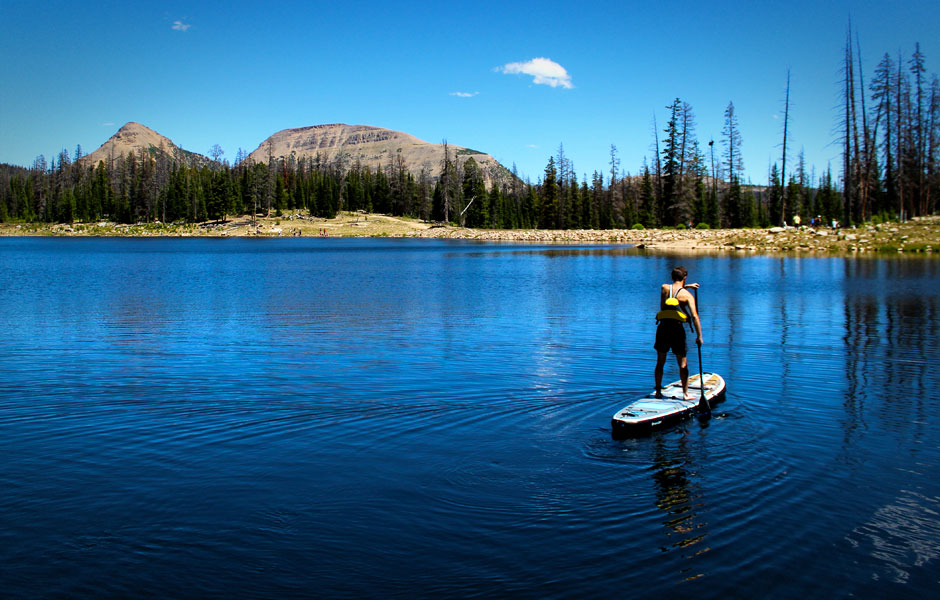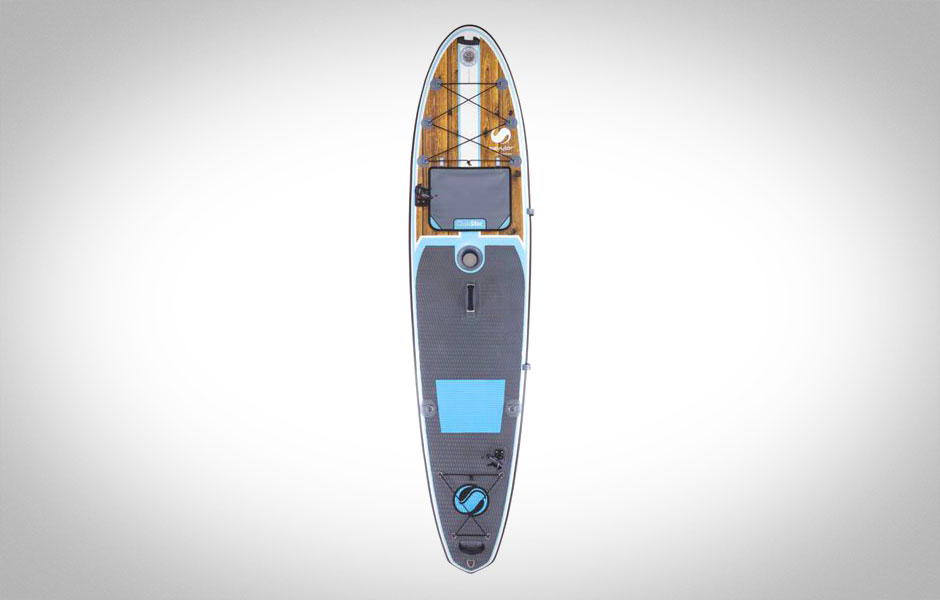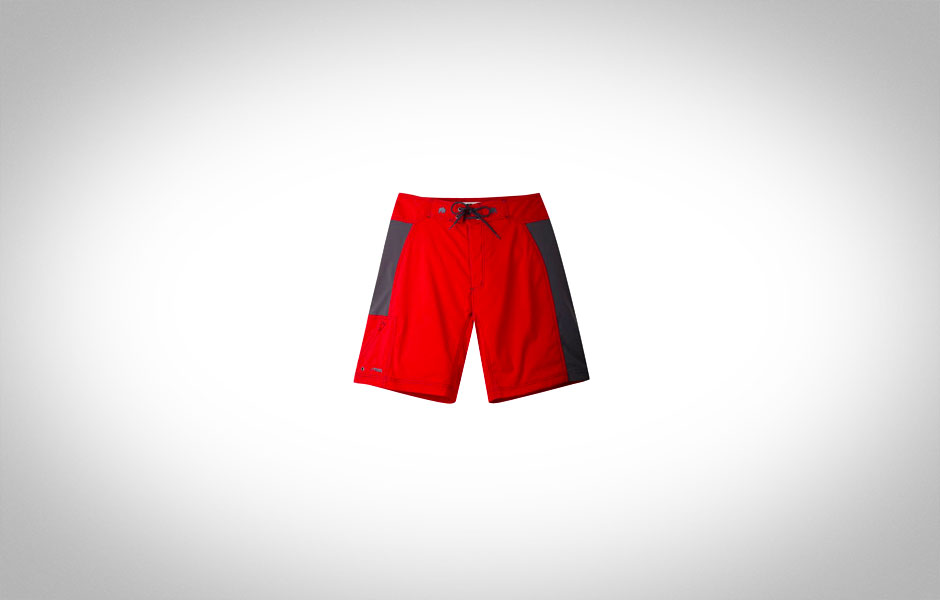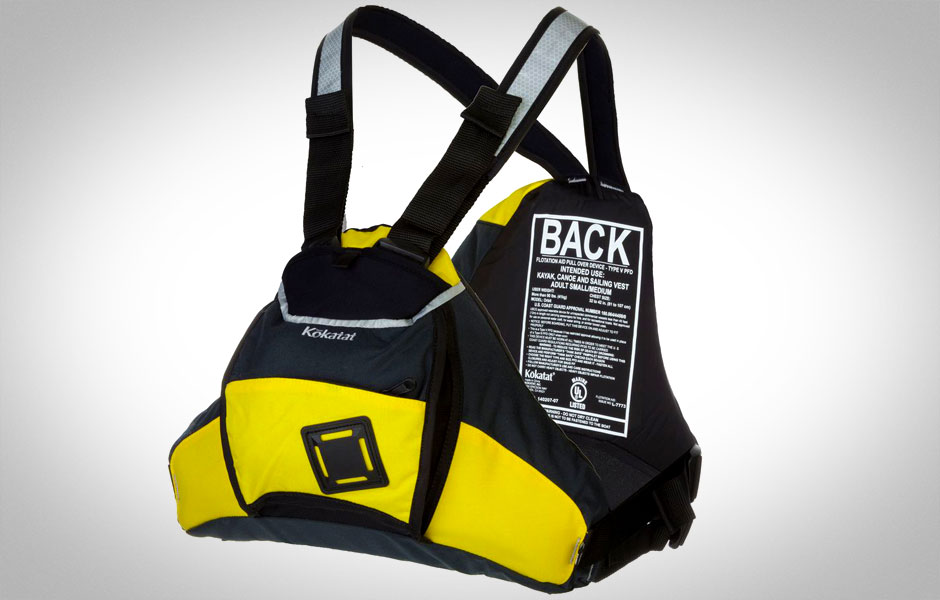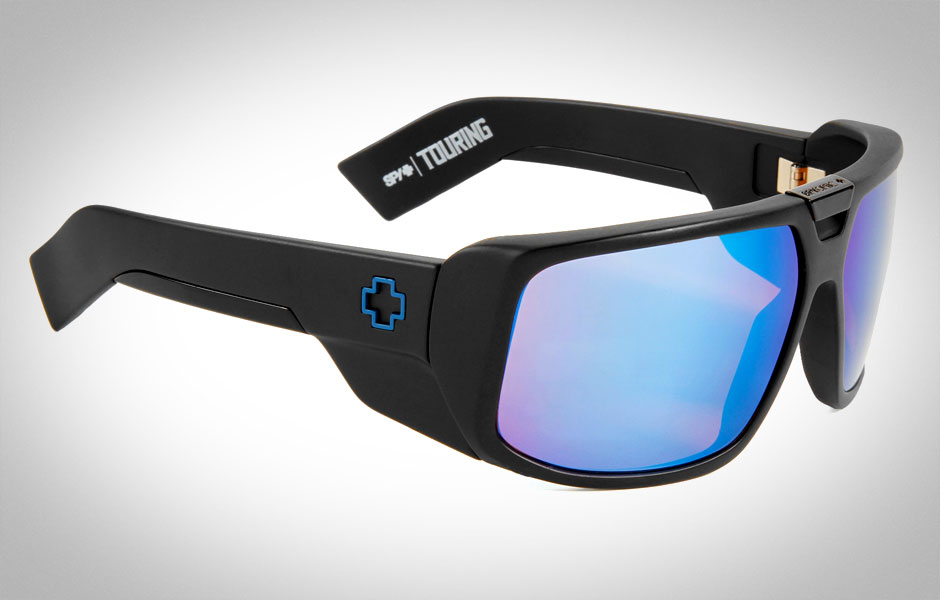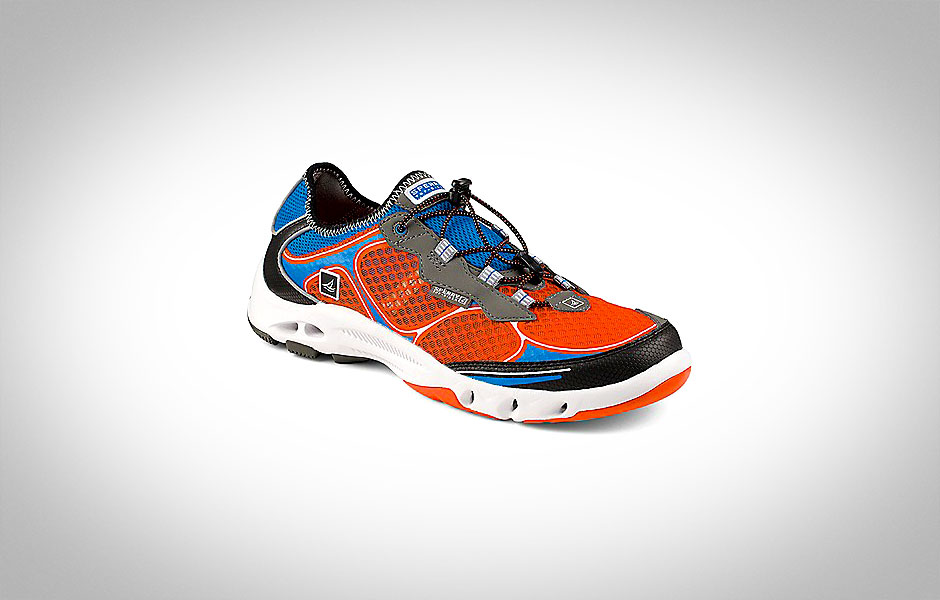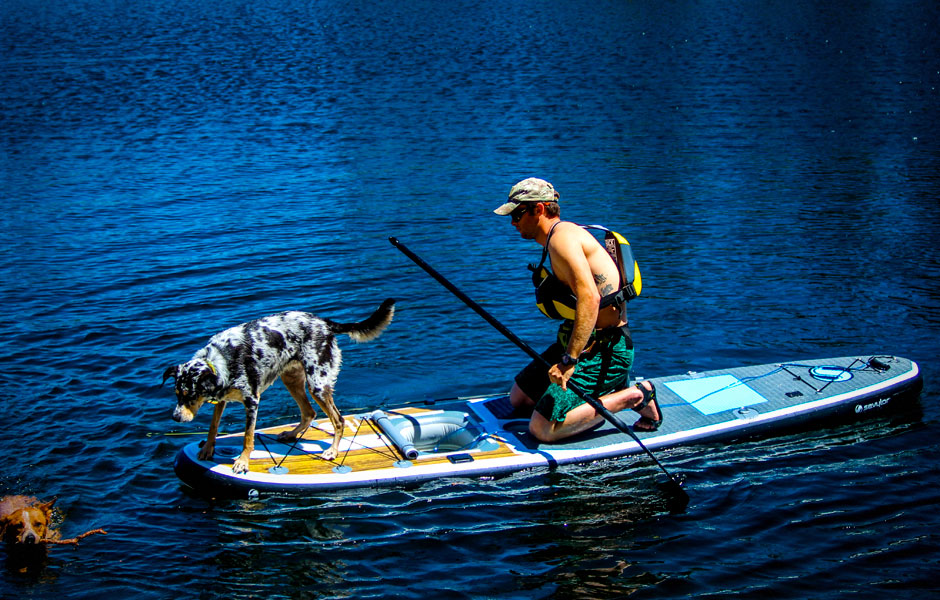Adventure racing is a multidisciplinary sport where racers navigate through backcountry terrain – often without the benefit of trails – using map and compass, and all manner of transport from stand up paddle boards to mountain bikes. In September Austin Parker is tackling the Adventure Xstream Series adventure race in Glenwood Springs, CO to get a taste of this grueling sport. As part of his training, we are documenting the best gear for paddling, running, biking, and recovery, as well as keeping track of all the (mis)adventure along the way.
Stand-up paddle boarding was invented by Hawaiian islanders as an off shoot of surfing, with modern roots dating to the 1930s. It wasn’t until 2006 when the first commercially available boards were brought to market, but since then SUP riding has exploded in popularity. From sunrise yoga classes at your local marina to serious whitewater racing in the Rockies, SUP is a dominate force in the outdoor market, and is continuing to grow.
We got into SUPing this summer as a way to build strength and endurance for the water portion of our adventure race – a downriver sprint on the Colorado river. However, we quickly found that a multipurpose paddle board has much more utility than simply getting on the water for cross training. After fly fishing at 10,000 feet, hauling camping gear across frigid lakes, and even taking a spin down a gnarly river, we are stoked to get on our boards as much as possible.
Related: Hala Peño Wave Rider | Three Brother’s Paddle Boards
Sevylor Alamosa SUP $1399
The Alamosa is an eleven and a half foot general purpose board. We love it for the portability – the entire inflatable body with pump weighs under thirty pounds and fits in an included backpack. Gear and rod tie downs, as well as a cut out window for fish spotting and storing essentials (we always have a spare box of dry flies and tenkara rod for post-work paddling) make it a utilitarian power house. Due to it’s length and light rockering profile, the board is incredibly stable in any condition, and perfect for beginners or veteran paddlers. Just don’t do what we did and try to head out on the lake with two neurotic, tennis ball chasing dogs, or you’ll be in for a water logged mess.
Mountain Khakis Swiftwater Boardshort $56
These shorts have been everywhere from South East Asian beaches to high altitude lakes in the Tetons. The four-way stretch material is perfect for long days getting in and out of the water, and they clean up enough to not look out of place on your way back into town. They dry faster than any pair of river shorts we’ve ever used, which was the big selling point – no need to worry about wet clothes chafing you where they shouldn’t be.
Kokatat Orbit PFD $149
We were initially drawn to the Orbit due to the generous shoulder cut. It is quite simply the most comfortable flotation device for stand up paddling we’ve tested. We keep reaching for it because of the small storage pockets – just enough for chapstick, sunscreen, a small waterproof map, and a couple snacks. After a few dozen hours it has broken in so well that we often forget we’re wearing them when we’re out for a long early morning fitness paddle. That they don’t interfere at all with fly and spey casting at all is a serious bonus.
SPY Optic Touring Sunglasses $140
Ever since putting on a pair of Happy Lens shades on during a ski mountaineering race a couple seasons ago, we’ve been big believers in SPY’s new sunglass tech. The Touring model comes equipped with Happy Lens and Trident polarization treatments – perfect for the harsh solar glare on the water when you’re out on a SUP. The large frames provide excellent coverage for any sport, and are incredibly comfortable.
Sperry H20 Escape Shoes $90
When you’re in and out of the water, especially around strong currents or rocky shores, a simple river sandal isn’t going to cut it. The H20 Escapes feature Sperry’s award winning Adaptive Wave-Siping for extra grip when wet, internal water channels for drainage, and a seriously comfortable midsole for all day comfort. Bungee closure is easy to use even when holding a paddle or when freezing water has your shivering. These are the amphibious adventure shoes your ratty old flip flops wish they were.
Pictures Courtesy of Kenzie Parker/Green Goat Collective
